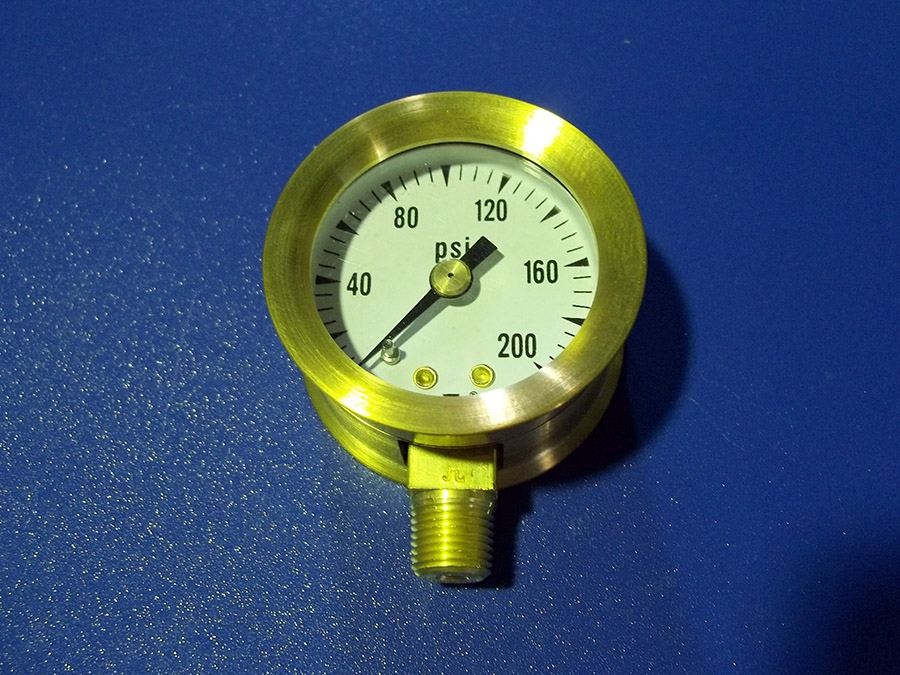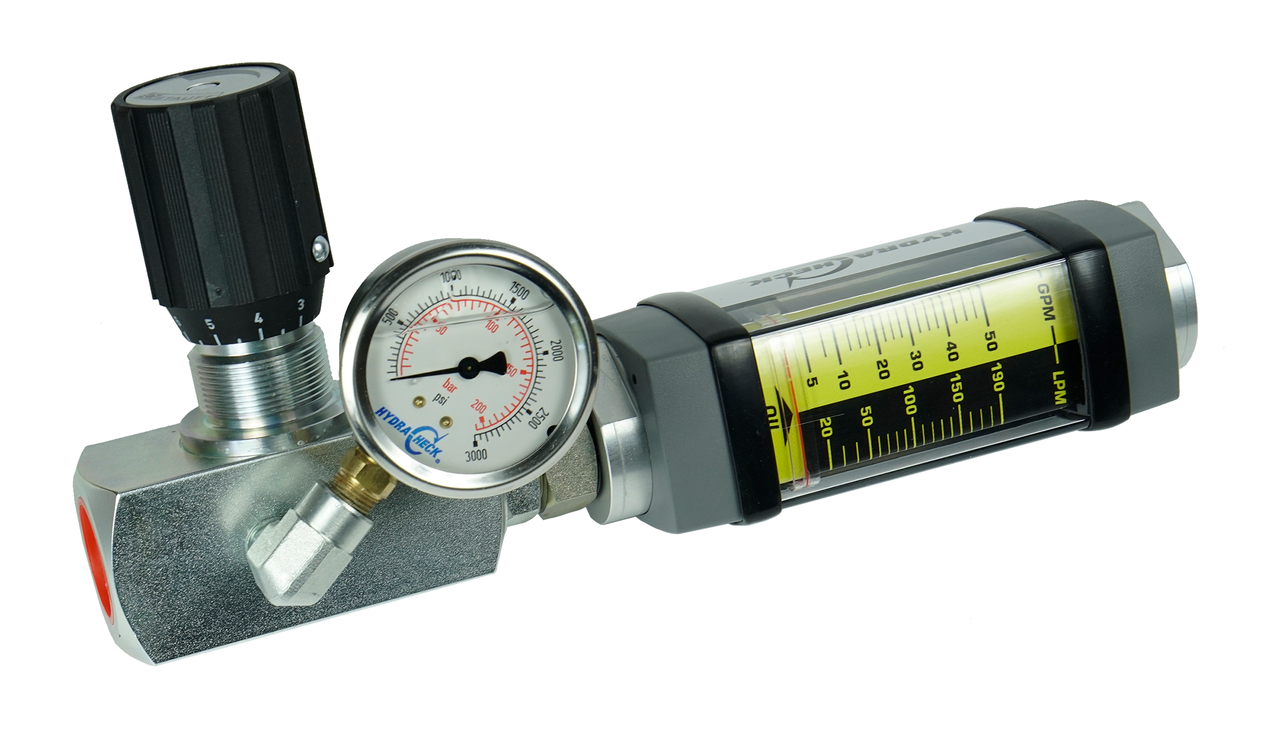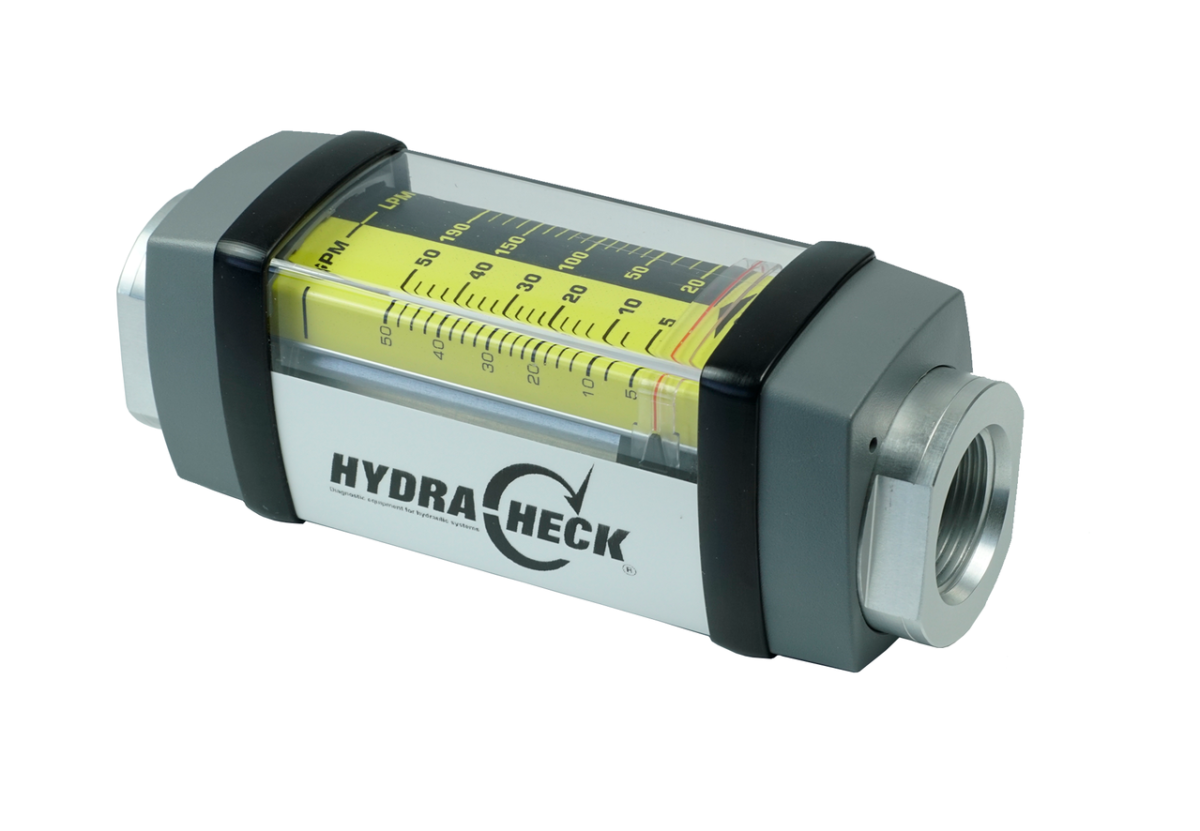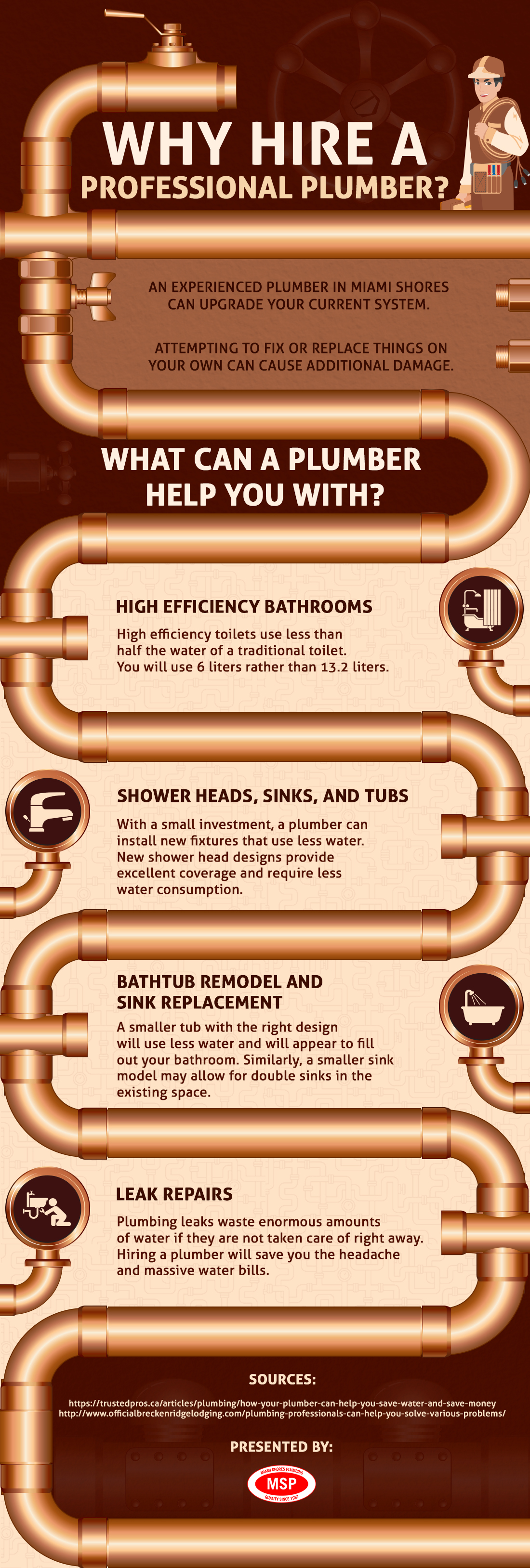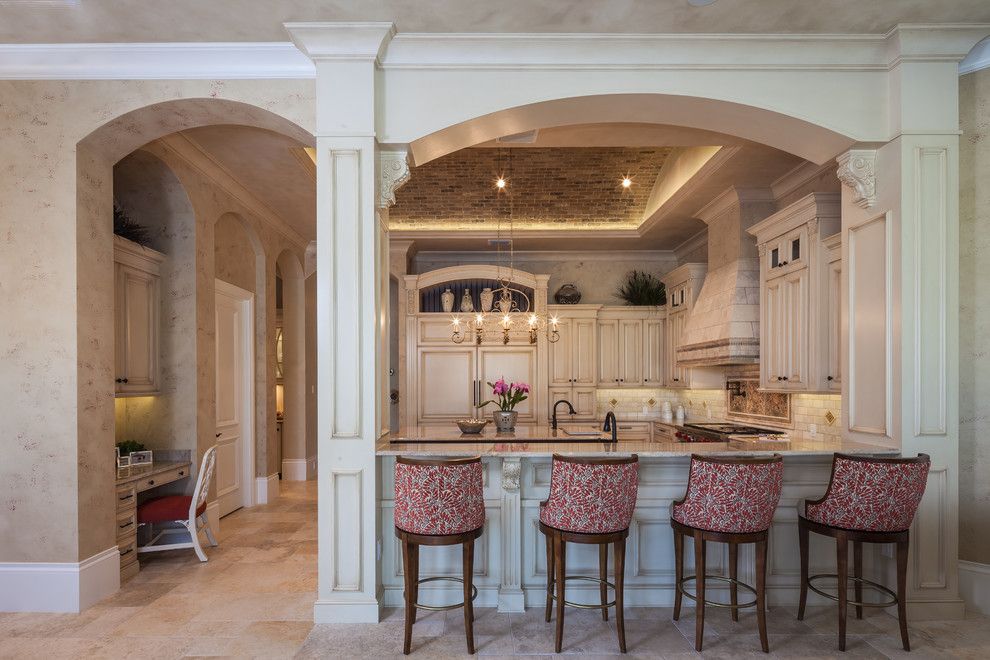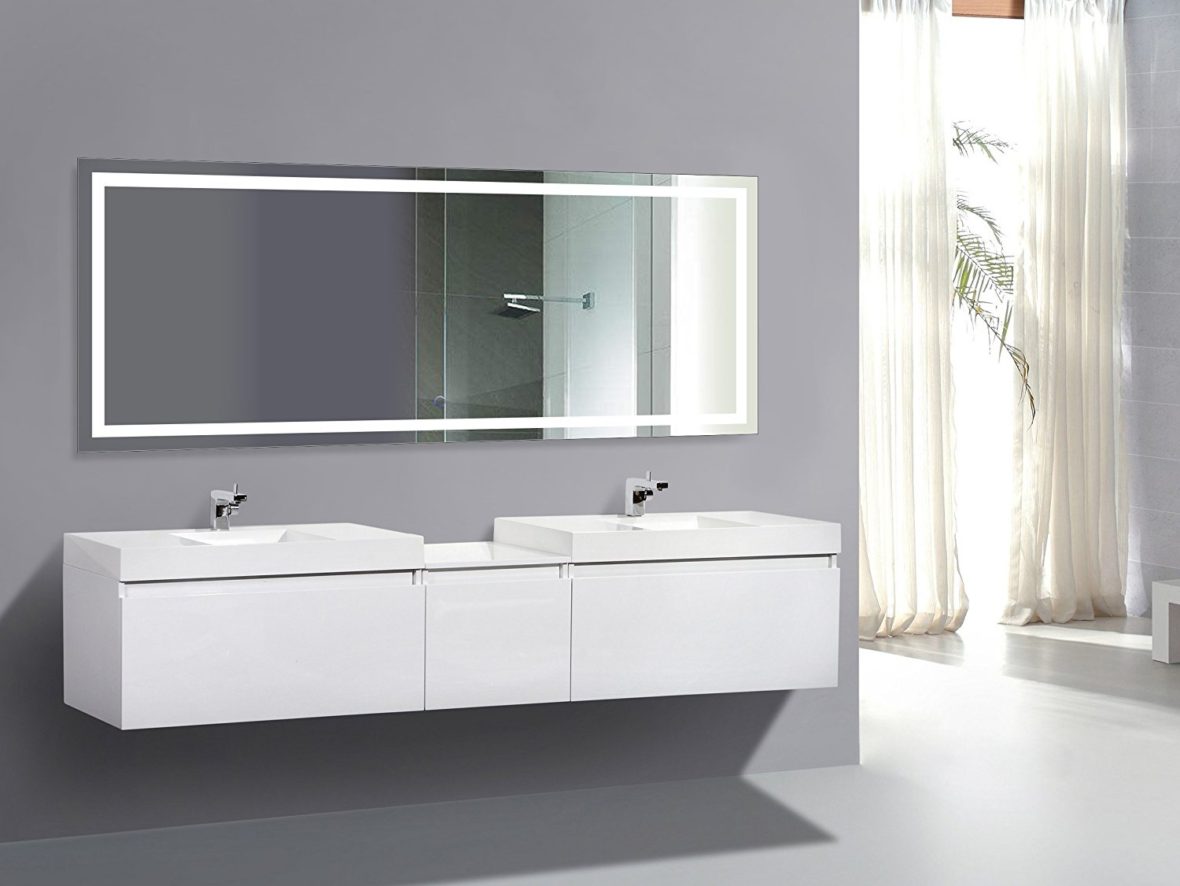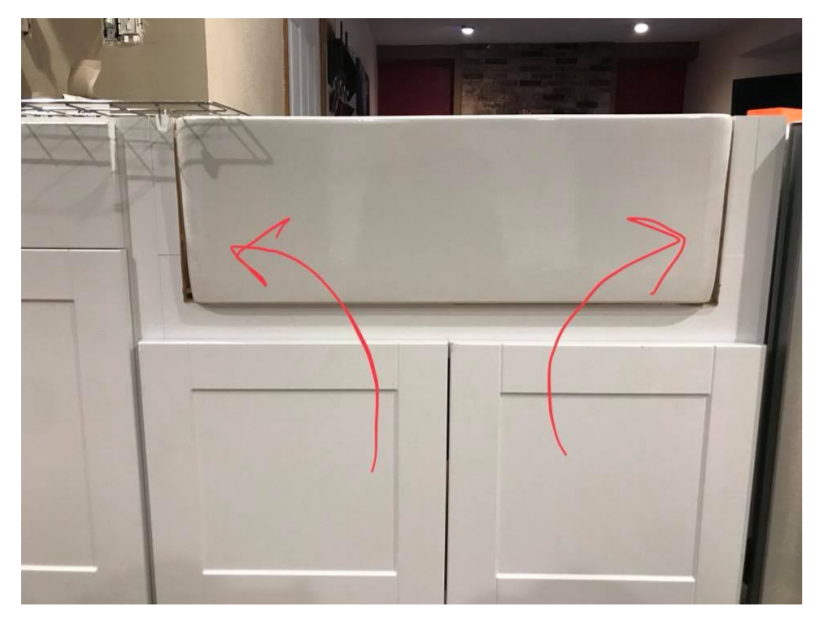If your kitchen sink suddenly has no water pressure, the first thing you should check is the water supply valve. This valve controls the flow of water to your sink and can sometimes get accidentally turned off or partially closed. Make sure the valve is fully open and try running the water again to see if the pressure has improved.Check the water supply valve
The aerator is a small screen-like device located at the end of your faucet. It helps to regulate water flow and can often become clogged with debris, reducing water pressure. To check the aerator, unscrew it from the faucet and clean out any buildup. If the problem persists, you may need to replace the aerator entirely.Check the aerator
In some cases, the issue may be with the water pressure regulator. This device is responsible for maintaining a consistent water pressure throughout your entire home. If it is faulty or damaged, it can lead to low water pressure in certain areas, such as the kitchen sink. You may need to call a professional plumber to have it checked and replaced if necessary.Check the water pressure regulator
Leaks in your pipes can also cause a decrease in water pressure. Check the pipes under your sink for any visible leaks and also check for damp spots or water damage in the surrounding area. If you find a leak, it will need to be repaired as soon as possible to prevent further damage and restore water pressure.Check the pipes for leaks
Similar to the aerator, the faucet itself can become clogged with debris over time. This can lead to decreased water pressure and even a complete blockage. To check for buildup, remove the faucet head and clean out any debris. If the pressure is still low, you may need to replace the faucet.Check the faucet for debris
If your kitchen sink has a water filter, it may need to be replaced. A clogged or dirty filter can greatly reduce water pressure and affect the taste of your water. Refer to the manufacturer's instructions for how often the filter should be changed and replace it if necessary.Check the water filter
In some cases, the issue may be with the water pump. This is especially true for homes with a well water system. If the pump is not functioning properly, it can lead to low water pressure. You may need to call a professional to have the pump checked and repaired.Check the water pump
The water pressure tank is responsible for storing and regulating the pressure of your home's water supply. If the tank is malfunctioning, it can result in low water pressure throughout your home. You may need to call a plumber to have the tank inspected and possibly replaced.Check the water pressure tank
Another important component of your home's water pressure system is the pressure gauge. This tells you the current water pressure in your home. If the gauge is reading a pressure that is too low, you may have a problem with the pressure regulator or pump.Check the water pressure gauge
If you have checked all of the above and still cannot find the source of the low water pressure, it is best to call a professional plumber for help. They will have the knowledge and tools to diagnose and fix the issue, ensuring that your kitchen sink has proper water pressure once again.Call a plumber for professional help
The Importance of Water Pressure in a Kitchen Sink

Why Water Pressure Matters
 Water pressure is a crucial factor in a functional and efficient kitchen sink. It refers to the force of water that flows through the pipes and into the sink. Without adequate water pressure, tasks such as washing dishes, rinsing vegetables, and filling pots become difficult and time-consuming. Low water pressure in a kitchen sink can be frustrating and can greatly affect the overall functioning of your kitchen. Therefore, it is important to understand the causes of low water pressure and how to fix it.
Water pressure is a crucial factor in a functional and efficient kitchen sink. It refers to the force of water that flows through the pipes and into the sink. Without adequate water pressure, tasks such as washing dishes, rinsing vegetables, and filling pots become difficult and time-consuming. Low water pressure in a kitchen sink can be frustrating and can greatly affect the overall functioning of your kitchen. Therefore, it is important to understand the causes of low water pressure and how to fix it.
Common Causes of Low Water Pressure
 There are several reasons why your kitchen sink may have low water pressure. One of the most common causes is a clogged aerator, which is the small mesh screen at the end of the faucet. This can become clogged with mineral deposits and debris, reducing the water flow. Another possible cause is a faulty water pressure regulator, which controls the amount of water that enters your home. When this regulator is not functioning properly, it can lead to low water pressure. Additionally, old and corroded pipes can also contribute to low water pressure as they become narrower and restrict the flow of water.
There are several reasons why your kitchen sink may have low water pressure. One of the most common causes is a clogged aerator, which is the small mesh screen at the end of the faucet. This can become clogged with mineral deposits and debris, reducing the water flow. Another possible cause is a faulty water pressure regulator, which controls the amount of water that enters your home. When this regulator is not functioning properly, it can lead to low water pressure. Additionally, old and corroded pipes can also contribute to low water pressure as they become narrower and restrict the flow of water.
How to Improve Water Pressure in Your Kitchen Sink
 There are a few simple solutions to improve the water pressure in your kitchen sink. First, you can try cleaning the aerator by removing it from the faucet and soaking it in vinegar to dissolve any buildup. If this does not work, you may need to replace the aerator altogether. Another solution is to check the water pressure regulator and adjust it if necessary. If you have old and corroded pipes, it may be time to replace them with new ones to improve the water flow. Regular maintenance and cleaning of your plumbing system can also help prevent low water pressure in the future.
There are a few simple solutions to improve the water pressure in your kitchen sink. First, you can try cleaning the aerator by removing it from the faucet and soaking it in vinegar to dissolve any buildup. If this does not work, you may need to replace the aerator altogether. Another solution is to check the water pressure regulator and adjust it if necessary. If you have old and corroded pipes, it may be time to replace them with new ones to improve the water flow. Regular maintenance and cleaning of your plumbing system can also help prevent low water pressure in the future.
The Impact on Your Kitchen Design
:max_bytes(150000):strip_icc()/how-to-install-a-sink-drain-2718789-hero-24e898006ed94c9593a2a268b57989a3.jpg) Having low water pressure in your kitchen sink not only affects the functionality of your sink, but it can also have an impact on your overall kitchen design. Aesthetically, a weak stream of water can make your sink and faucet look outdated and unappealing. It can also affect the efficiency of your kitchen, making simple tasks take longer and causing frustration. By addressing and fixing the issue of low water pressure, you can ensure that your kitchen sink not only looks good but also functions effectively.
In conclusion, water pressure is a crucial element in a well-designed kitchen. It affects both the functionality and aesthetics of your sink and can greatly impact your daily tasks. By understanding the causes of low water pressure and taking the necessary steps to fix it, you can ensure a fully functional and efficient kitchen. Don't let low water pressure in your kitchen sink dampen your cooking and cleaning experience – take action to improve it today.
Having low water pressure in your kitchen sink not only affects the functionality of your sink, but it can also have an impact on your overall kitchen design. Aesthetically, a weak stream of water can make your sink and faucet look outdated and unappealing. It can also affect the efficiency of your kitchen, making simple tasks take longer and causing frustration. By addressing and fixing the issue of low water pressure, you can ensure that your kitchen sink not only looks good but also functions effectively.
In conclusion, water pressure is a crucial element in a well-designed kitchen. It affects both the functionality and aesthetics of your sink and can greatly impact your daily tasks. By understanding the causes of low water pressure and taking the necessary steps to fix it, you can ensure a fully functional and efficient kitchen. Don't let low water pressure in your kitchen sink dampen your cooking and cleaning experience – take action to improve it today.
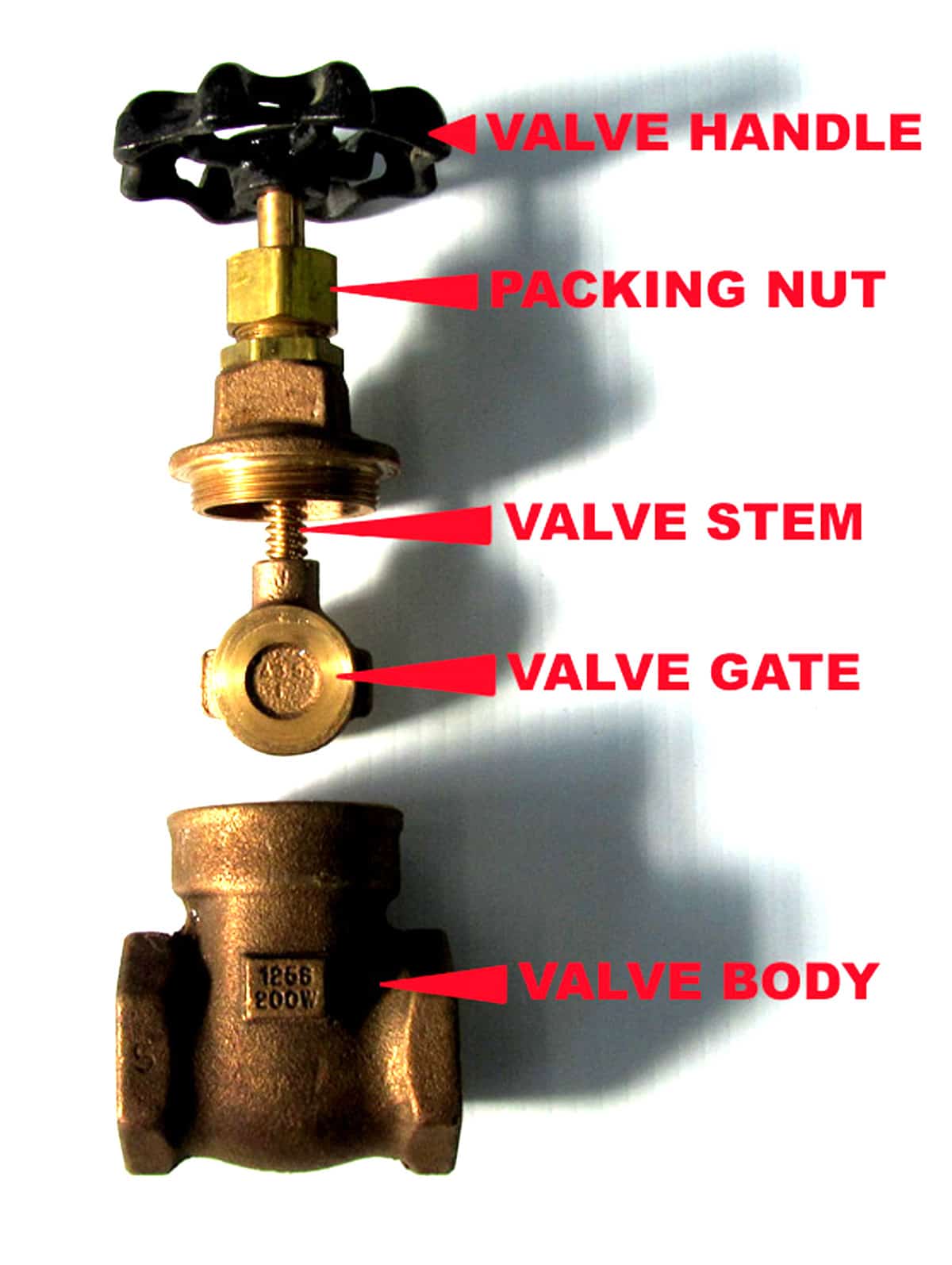





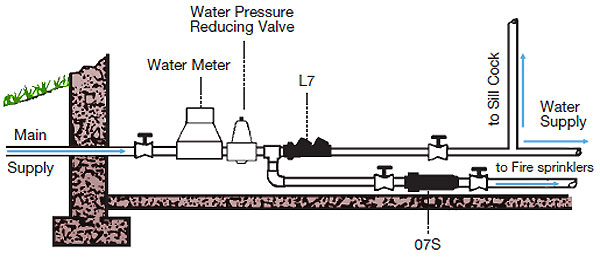





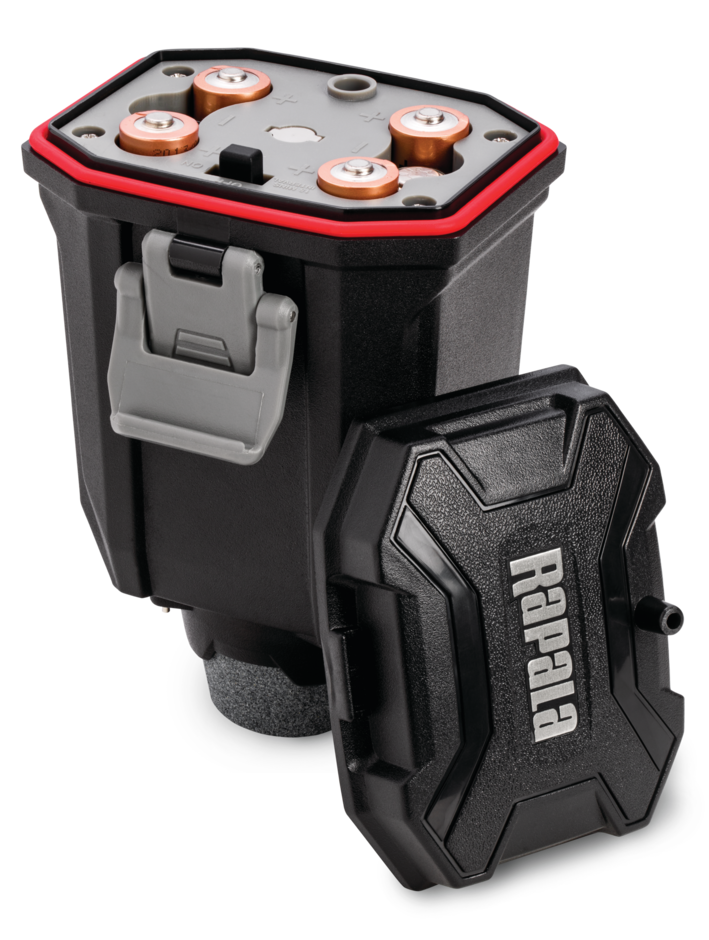










:max_bytes(150000):strip_icc()/the-men-s-hand-opens-the-ball-valve-on-the-collector-1006810456-5c5fc73fc9e77c000159c4af.jpg)










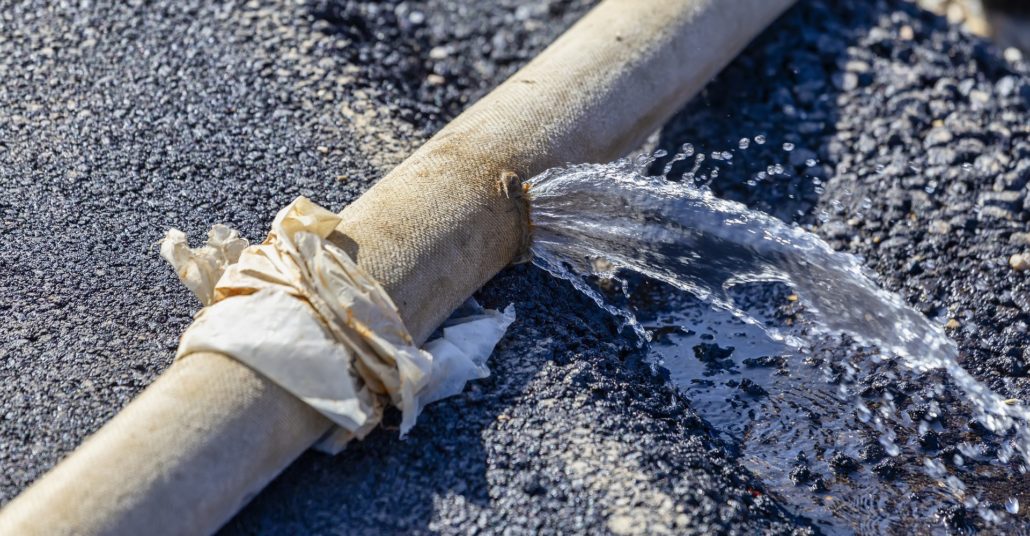
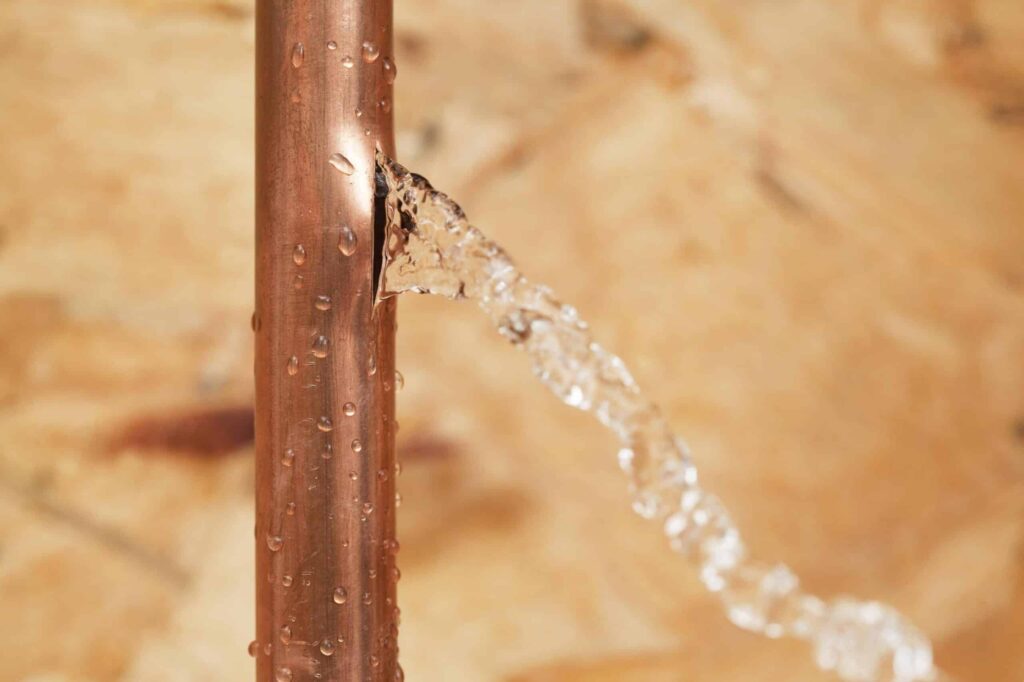





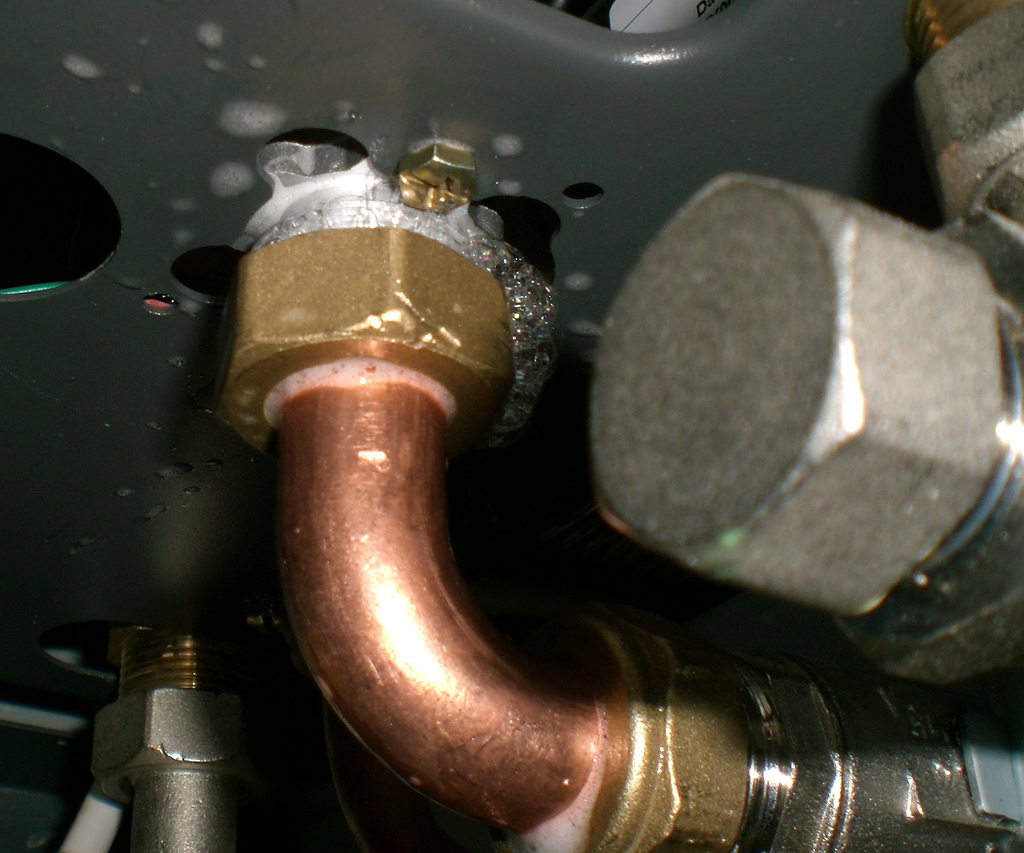

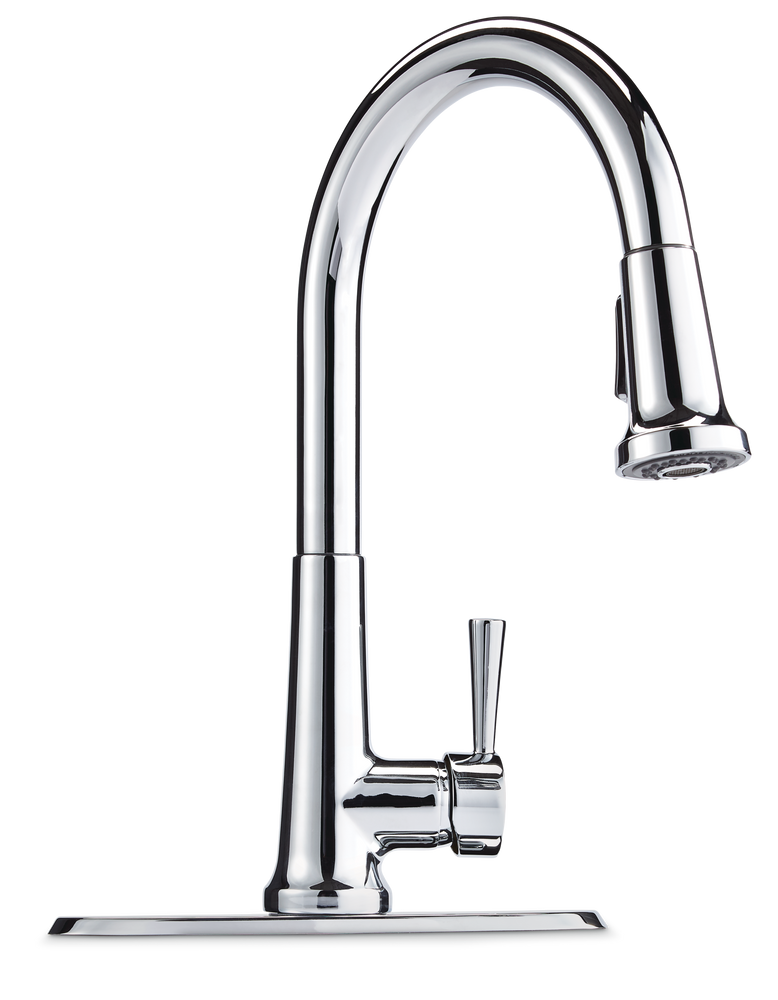
:max_bytes(150000):strip_icc()/ac4-56a73c595f9b58b7d0e8182e.jpg)






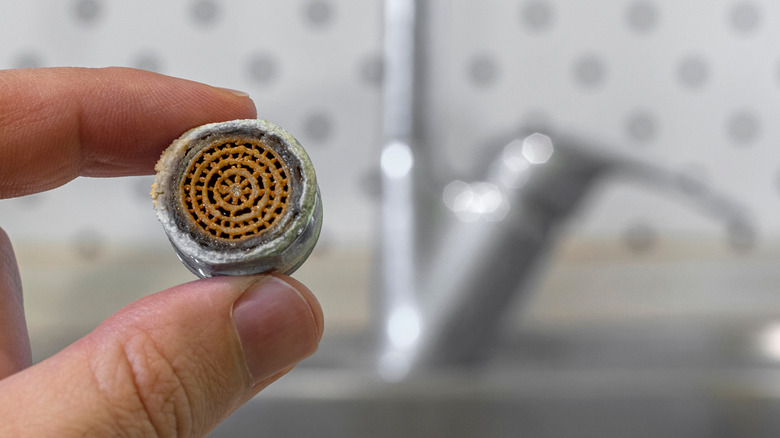








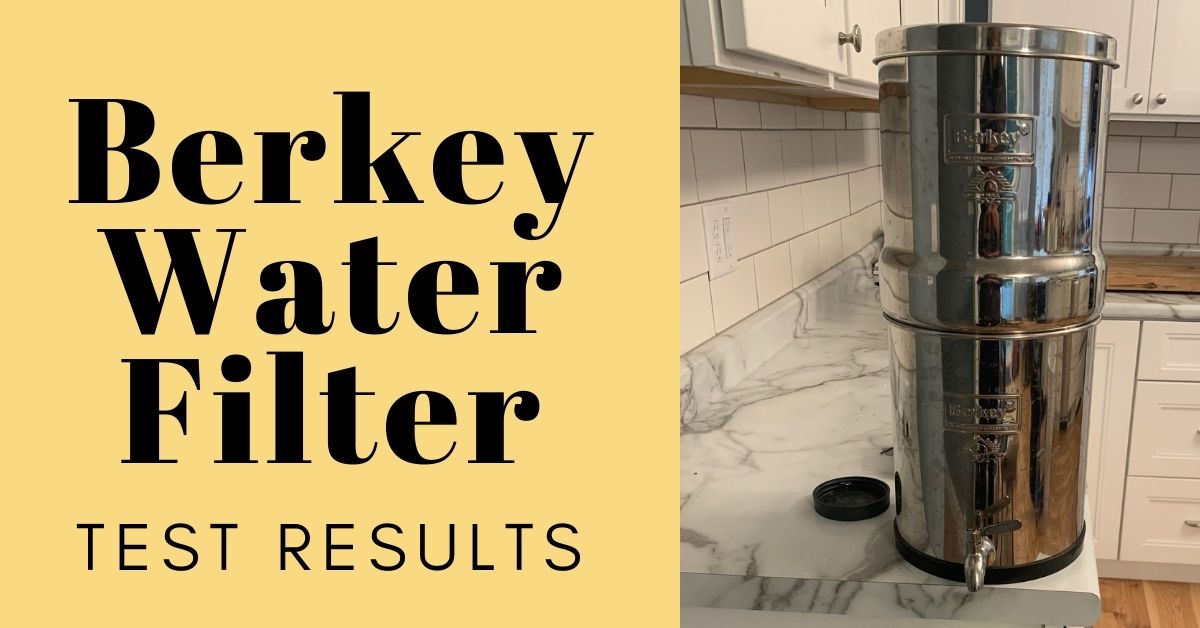
/cdn.vox-cdn.com/uploads/chorus_image/image/63879746/WaterFilter_2.0.jpg)



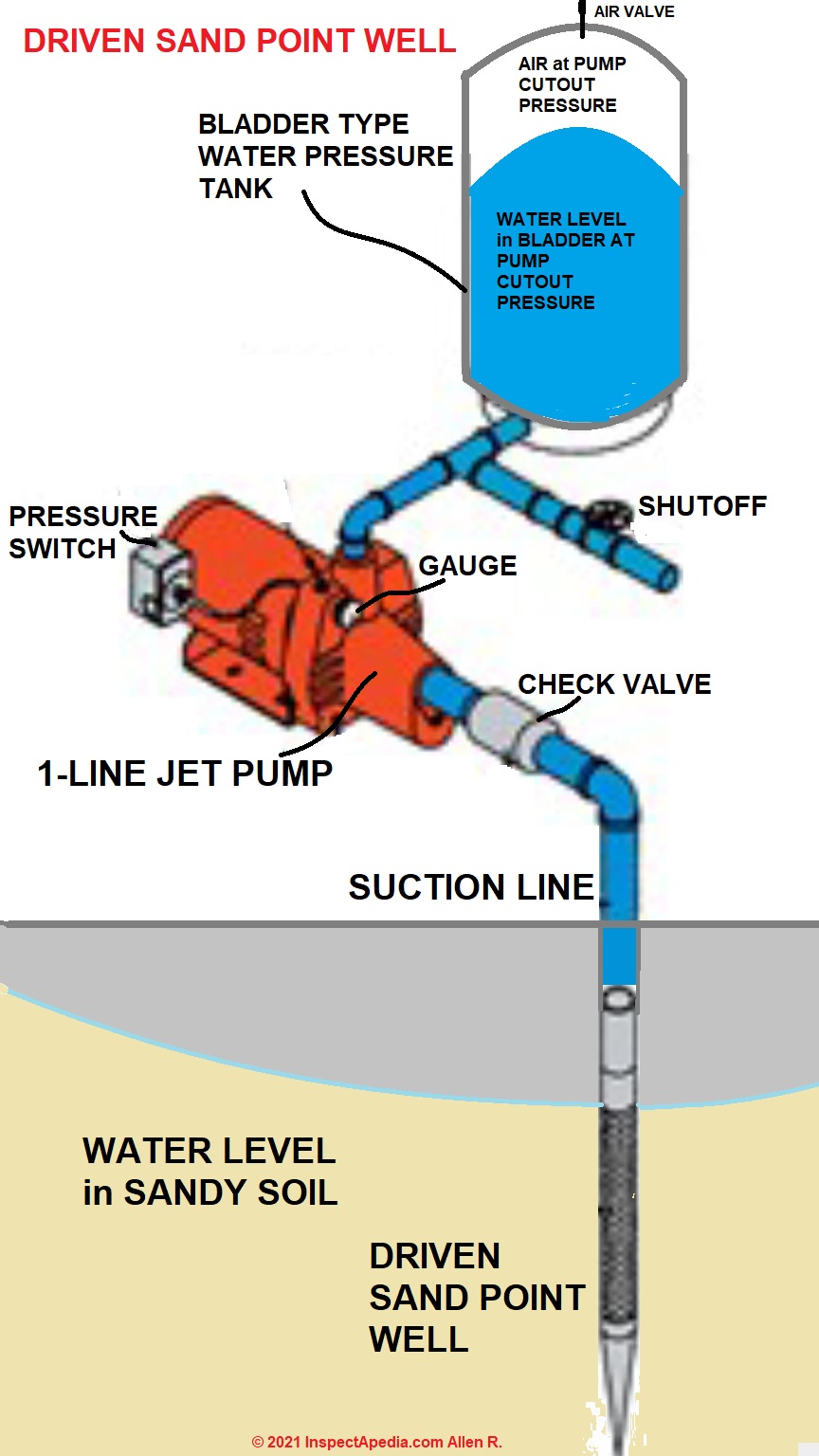
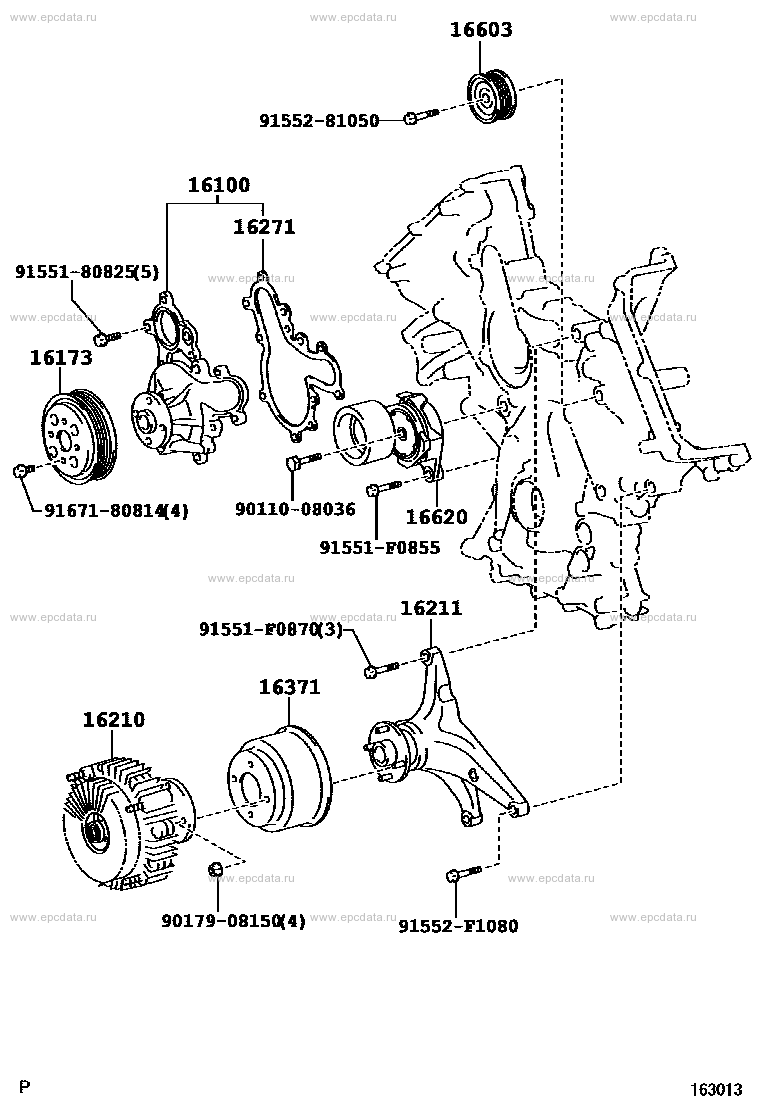
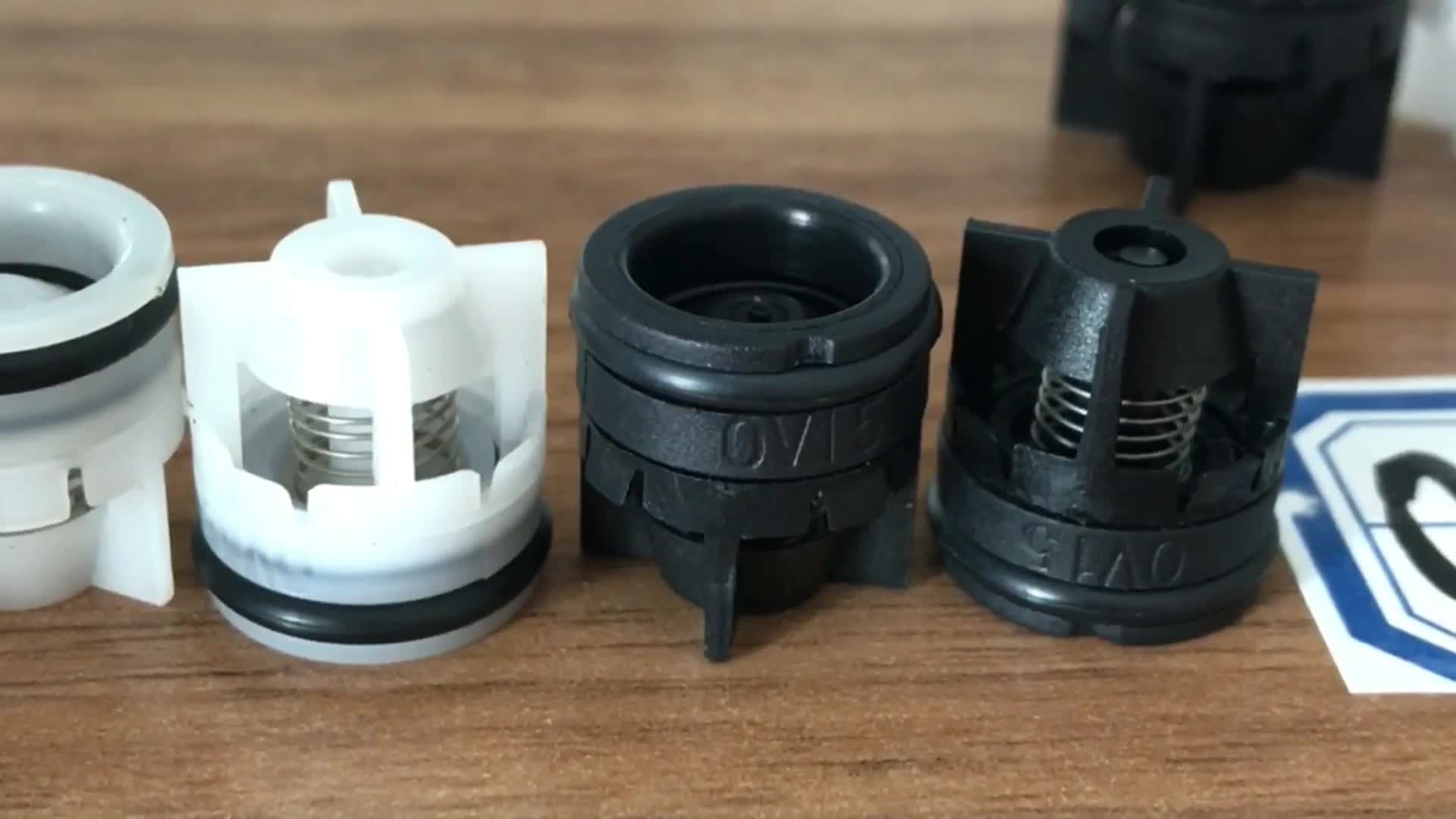


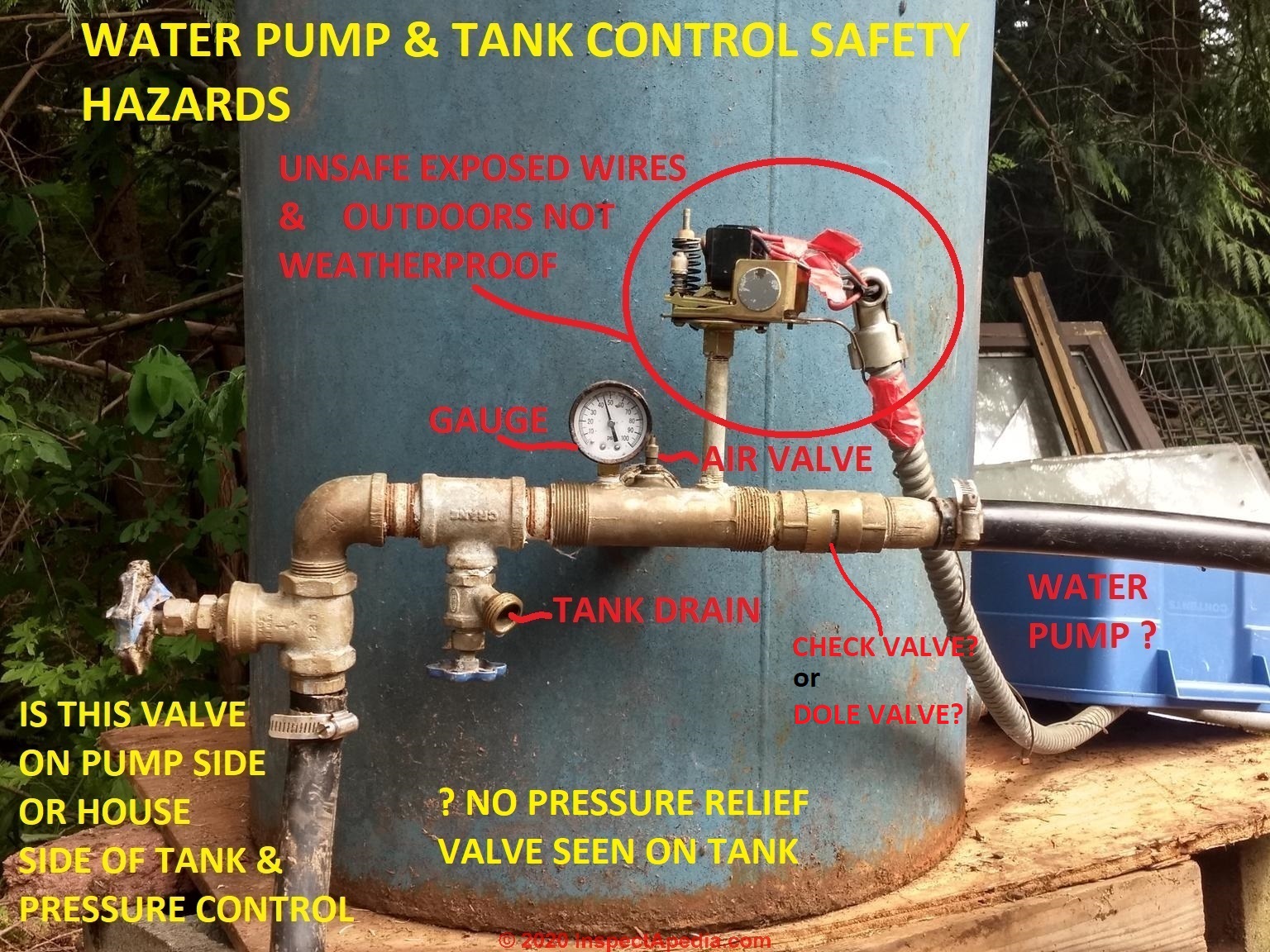


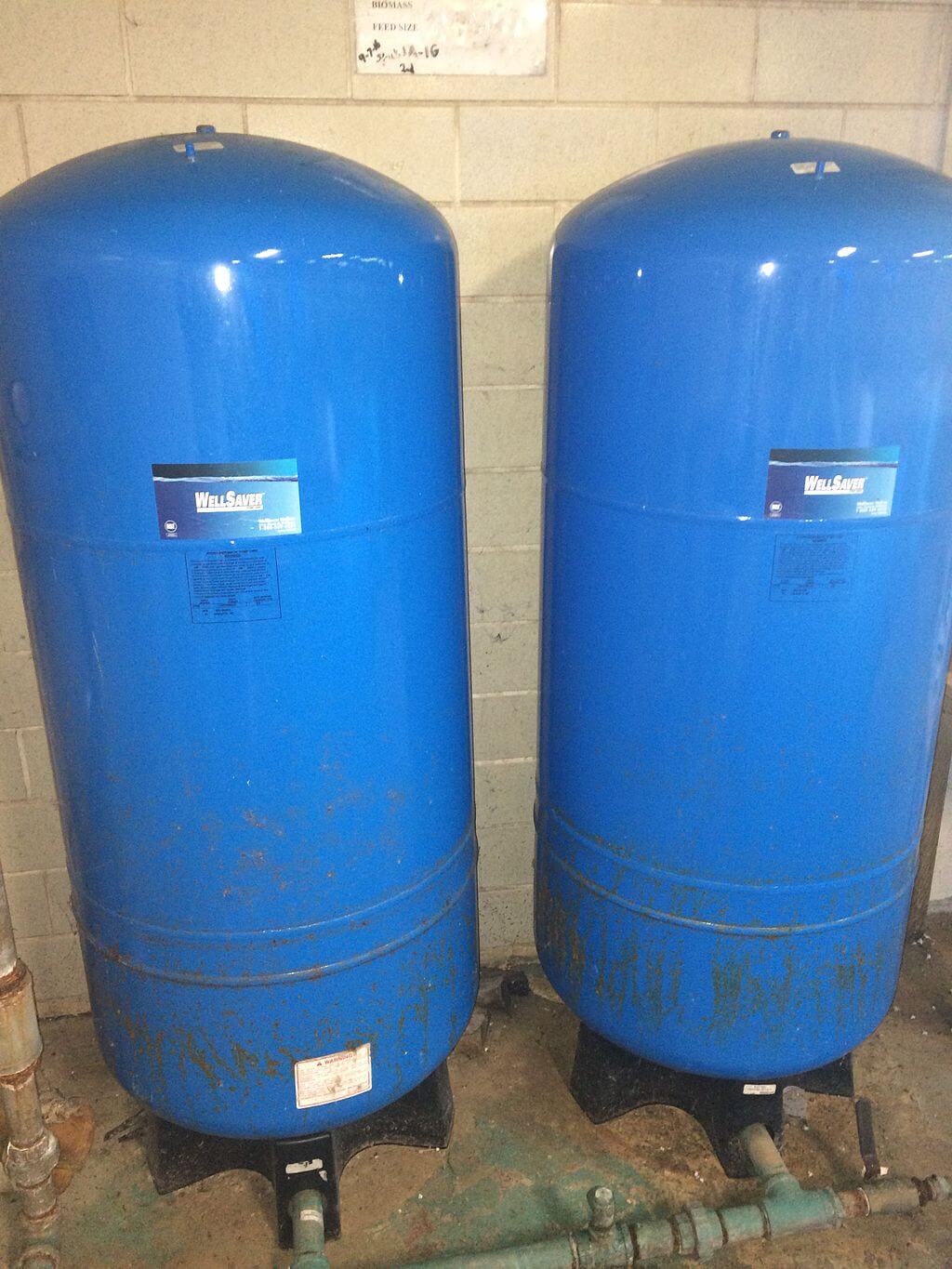
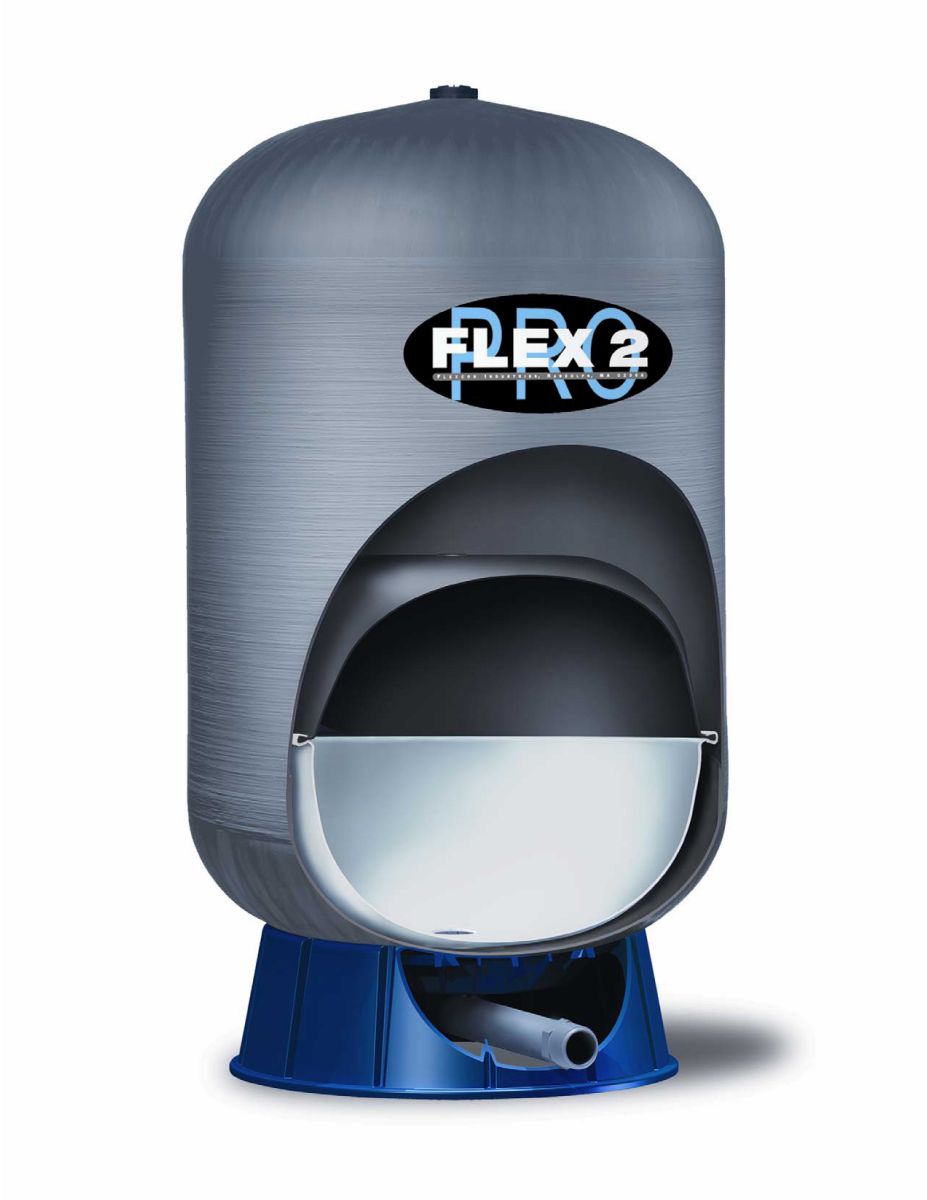
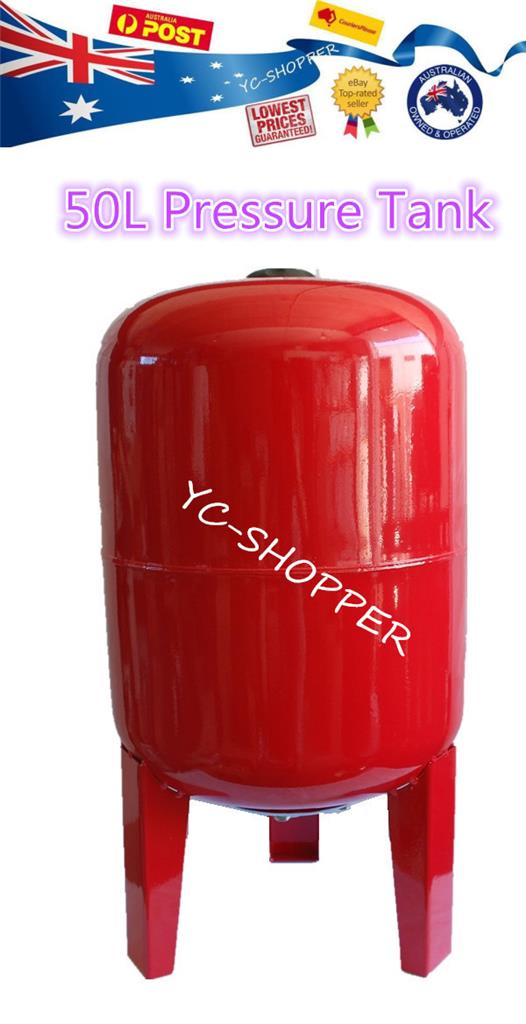




/testing-water-pressure-in-your-home-2718692-hero-98f45508ca5d44b6b551034ac5cedab5.jpg)




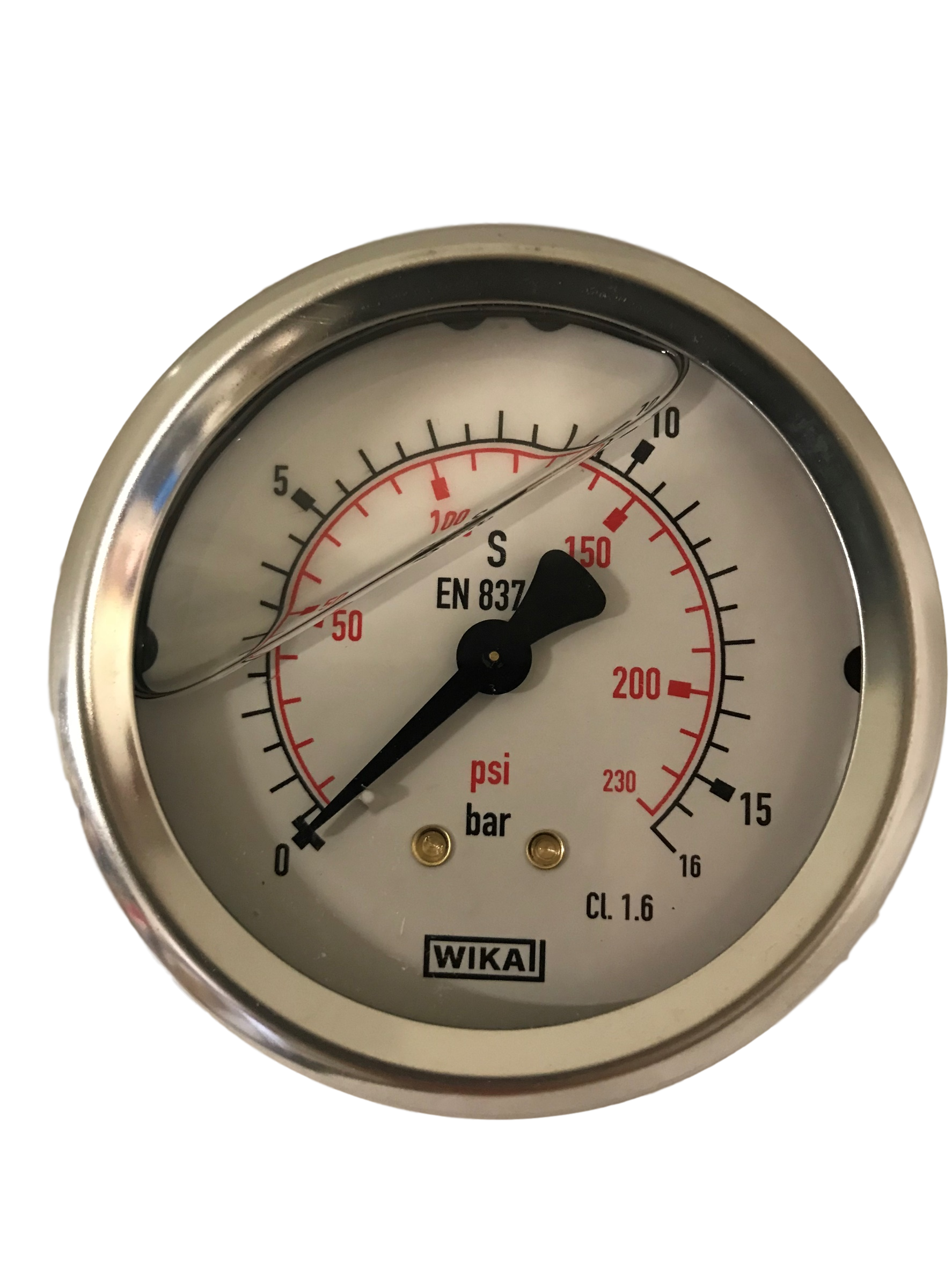
/93097679-56a73c295f9b58b7d0e81657.jpg)
:max_bytes(150000):strip_icc()/testing-water-pressure-in-your-home-2718692-04-c37ab3236d0d4b61b87079ebf9ef823e.jpg)
